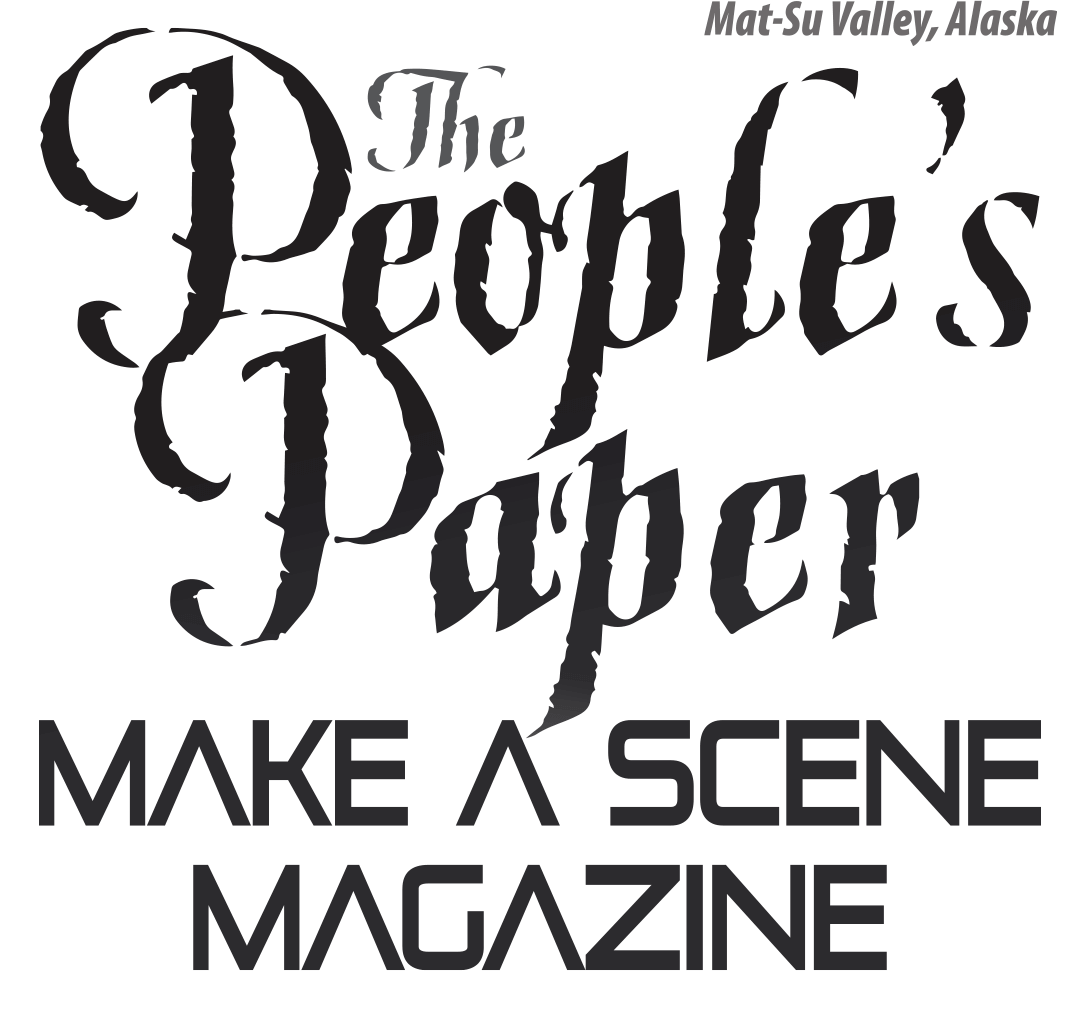Contributed by Ember Haynes, Denali Hemp Company
With the uncertainty of the times, more people are returning to the practice of growing food and preparing for the future while thinking of food security.
Terms such as sustainability, regenerative ag, economically viable and the idea of alternative growing methods are becoming more familiar with gardeners and food producers.
Every day, I see people taking steps to grow food where they live and adapting to their growing areas and understanding their micro-climates.
My husband and I do not define ourselves as farmers in the sense of managing our land for profit, but have strived to practice methods of sustainability with the goal of improving our acreage and harvest. Regenerative practices are actually a way of life for many rural Alaskans.
It is common practice to use what we have, learn from those who lived and worked the land before us, work to improve our property within our means and then repeat the cycle.
I picture the area where we live as a “pass-through” zone for the settlers coming before us. The land around my home has mostly given way to mosses, willow and high bush and scrub.
Shade from thickets of trees keep berries from forming on both high and low bushes. Items to forage and harvest are sparse in the land near-by, and pioneers kept moving towards more fertile ground. With the hopes of creating an agricultural friendly space within this barren zone for our family, we introduced animals. Over the years, we have brought in llamas, goats, sheep, chickens and pigs who cleared our land, fertilized the soil, and naturally spread grasses and beneficials while rooting and grazing.
We have been sustainably nurturing and cultivating our small acreage for 20-plus years. Up until a few years ago, we mostly focused on the garden areas and flower beds, letting the animals manage their pastures and pens. Building fences and animal housing with wood from our property. Encouraging and accepting the chickweed, clover, dock and grasses that grow between rows then pulled or trimmed and fed to the livestock. We implemented several closed-loop systems such as composting the manure and scraps, brewing teas of herbs to fertilize and nurture our gardens of food and flowers.
As years crept by, the woods slowly began taking back their boundaries.
I found myself letting garden beds go that I had worked so hard to stabilize, turning more to container gardening as the animals over time pushed down and through fencing, destroyed perennial beds and tender areas.
Eventually, we cycled out of farm animals and within months, saw the plant life in those seemingly barren and definitely trodden pens thriving.
Types of useful plants I'd never noticed on our property such as mustards, sheep sorrel, shepherd’s purse, golden rod, 5-foot-tall lamb’s quarter and knee-high chamomile were popping up and growing thick and lush.
Our environment quickly changed again as the summer of 2019 brought drought conditions and severe heat and natural disaster.
Stories of the McKinley Fire often come up in my conversations, as once it came through our land nothing was the same. The fire created a distinct line of before and after in our life.
Obvious changes such as losing our barrier of trees and opening up our land to the harsh sun and wind, the sound of passing traffic, neighbors, community noise have reformed our property.
Suddenly our view was a perimeter of fallen and scorched trees, black earth, tangled mounds of root balls, and soil scraped down to clay.
We were forced out of our bubble of healthy trees and botanical seclusion from the outside world. Again, the cycle of sustainability continues.
We have turned our attention to the land. Gathering wood from scorched areas, layering with animal manures and plant materials from our property and surrounding land we are slowly building new beds to grow food to provide for ourselves and our livestock. For us sustainability is a way of life.












